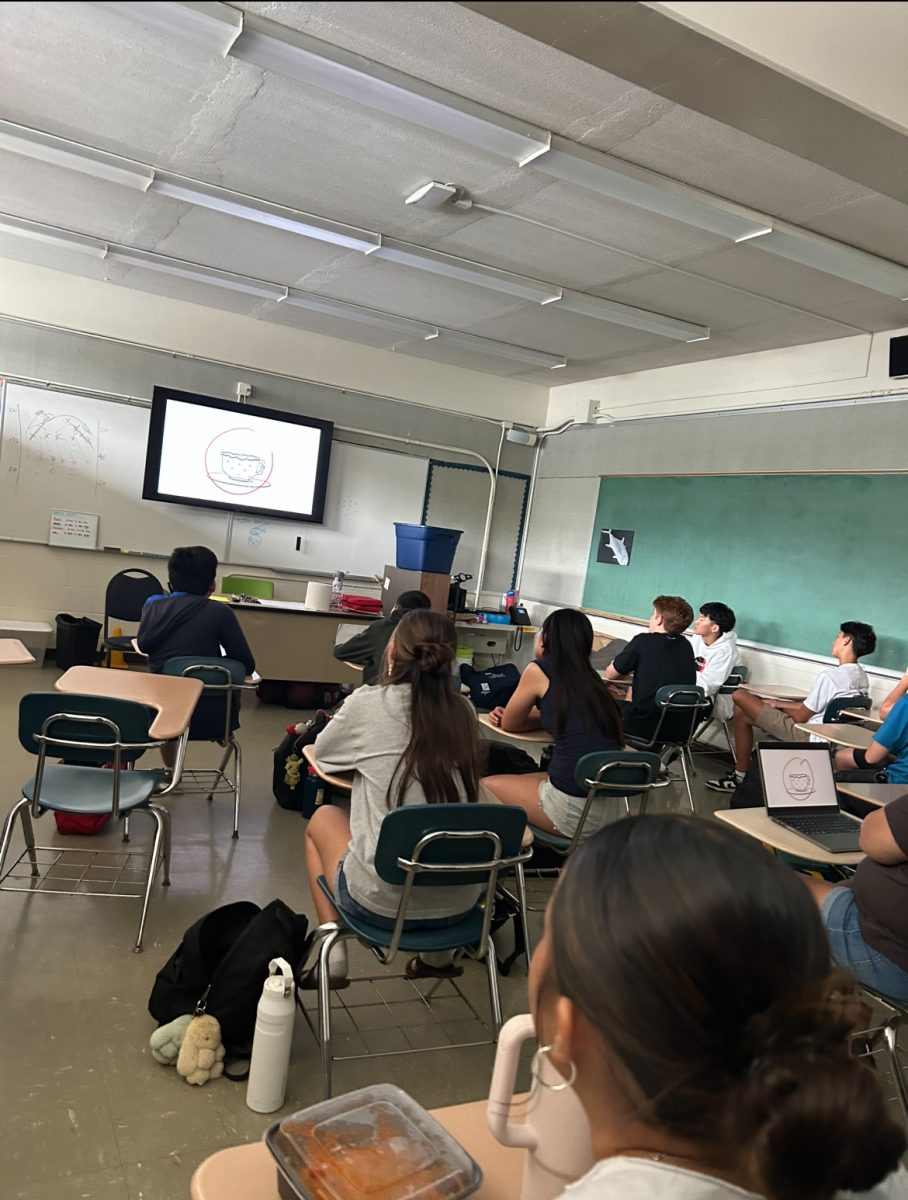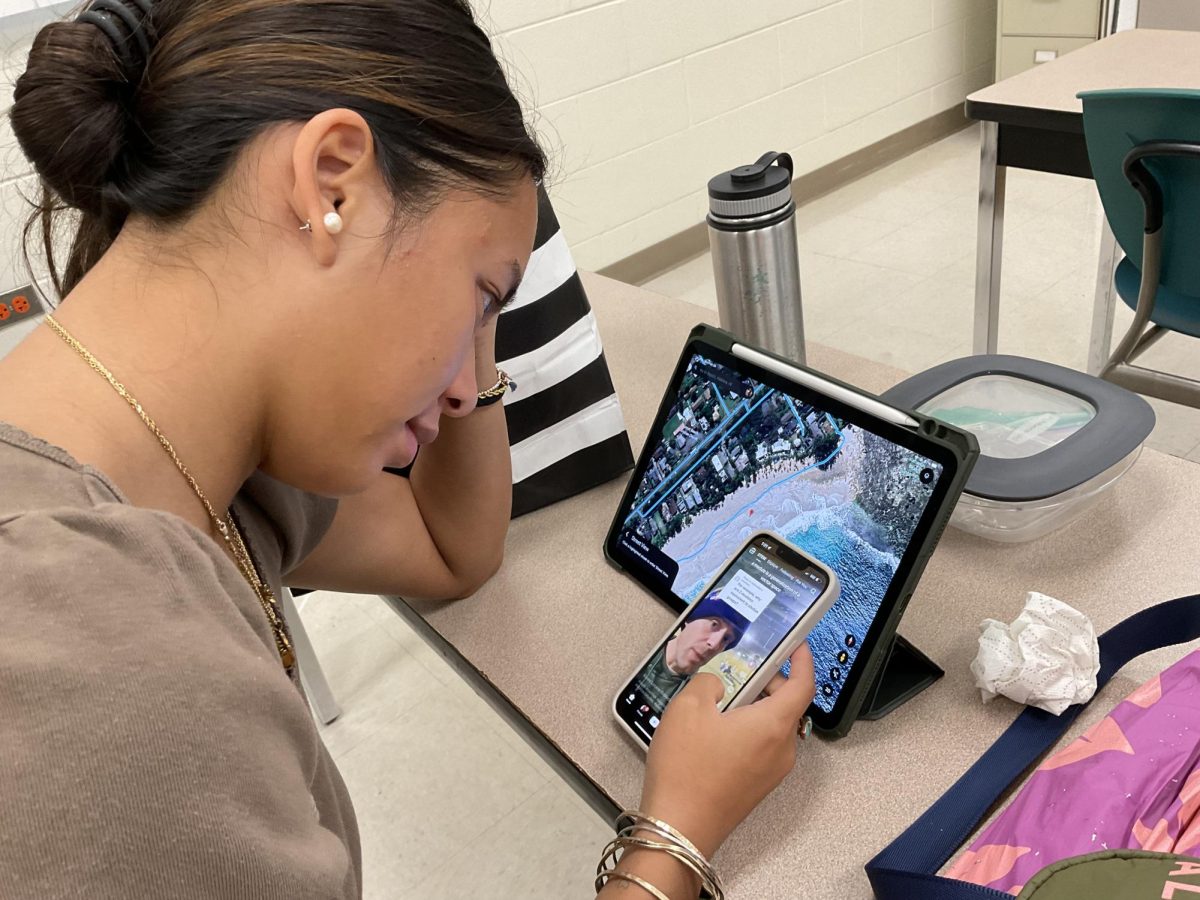Editor’s Note: This article may contain distressing content for some readers.
The world has known the dangers of sex trafficking for decades– but with a rise in cases of sexual extortion occurring over social media, the true danger may lie just a click away.
Sexual extortion, or sextortion, is a criminal act that involves an offender coercing a person to create and send sexually explicit images or video, then extorting payment from them by threatening to release said photos.
According to Steven Merrill, Special Agent in Charge for the Federal Bureau of Investigation (FBI) Honolulu, there are an average of 13,000 cases of financial sexual extortion committed against minors within an 18-month period– and those are only the instances that get reported.
“Some people take for granted that things are private online, but they’re not. Sometimes social media accounts, if you’re not careful, can be open to everybody, and that includes people who have bad intentions and may want to use that private information for reasons you don’t want them to,” Merrill said.
The crime of sextortion has been a growing issue with the rise of social media. In 2015, the country’s largest case of sextortion brought the dangers of internet exploitation to light when a man used social media to sexually exploit hundreds of young girls.
31-year-old Michael Lucas Chansler used various social media usernames and personas to pose as a young teenage boy. He used these accounts/personas to request sexually explicit content from minors and blackmailed them for months following.
Only 109 of the 350 victims have been identified, all of whom were teenage girls within the 13 to 18-year-old age range.
“Our advice in the FBI is to be wary of anyone you encounter for the first time online, and block or ignore messages from strangers. Only deal with people that you know well, and know that people can pretend to be anyone online. You just need to be careful. Even if they send videos or pictures, you really need to verify that they are who they claim to be,” Merrill said.
Millions of teens worldwide are active on social media platforms such as Instagram, Snapchat, TikTok, and many more. What most don’t know is that as an unassuming teen logs onto their favorite social site, a predator thousands of miles away may be doing the same thing.
“It is much easier for a criminal to remain anonymous online because they don’t necessarily have to show their picture. There are more ways they can trick you into believing they’re someone they’re not. It happens more often on websites, apps, messaging platforms, or even games,” Merrill said.
In cases of sextortion, a victim often believes they could get in trouble with their parents or even law enforcement if their pictures are released. The online predator capitalizes on this fear and uses it to receive payment or, in some cases, more explicit photos.
“Once a minor creates and sends these sexual images or videos, on the other end, the offenders can threaten to release the material unless the victim sends money or other forms of payment,” Merrill said. “It’s the combination of sex and extortion, so now the poor victims are being victimized yet again.”
The prevalence of social media in the lives of students creates significant potential risk due to its anonymity, and how simple it is to make a permanent, life-changing decision.
“Social media and using the internet in general makes victims so vulnerable, because all it takes is sending one image or video and it’s on the internet for the rest of your life. You can’t take it back. It could be put there forever, and you may not even realize it,” Merrill said.
Because sextortion can have long-term, irreversible effects on those it impacts, it is imperative that awareness be called to the issue. It is for this reason an FBI agent visited Mid-Pacific early this school year to educate students on the importance of being aware.
“One of the reasons why the FBI agent that came out to visit you and myself are speaking about it is because this isn’t just a financial loss– which is important–but students and kids have died and committed suicide over this. Even if there’s only one death, it’s incredibly important to us in law enforcement to do what we can to educate other potential victims out there,” Merrill said.
Though maybe daunting, avoiding sextortion and other online risks does not have to be impossible. Being educated about potential indicators is the first step in creating change.
Tips for prevention and education from the FBI:
Be selective about what you share online. If social media accounts are open to everyone, a blackmailer may have access to private information.
Be wary of anyone you encounter for the first time online and block or ignore messages from strangers.
Be aware people can pretend to be anyone online. Videos and photos are not proof a person is who they claim to be.
Talk about sextortion, how to prevent it, and what to do if it happens.
According to agent Merrill, signs for parents, educators, and friends to look out for include withdrawal from friends and family or usual activities, keeping to themselves, or a drop in grades. Unexplained behaviors such as secrecy, fear and anger are also indicators.
“Our goal is to prevent kids from being victimized before it happens, but if it does happen, we want to go after those perpetrators that do it. Information from our victims or people that may have information to give is incredibly valuable,” Merrill said.
Sextortion does not need to be a life sentence for its victims. With greater education and awareness, teens everywhere can practically eliminate the risk of becoming a perpetrator’s next victim.
If you or someone you know is suffering from sextortion, here are some resources:
https://napueo.org/5027/uncategorized/sextortion-prevention/















